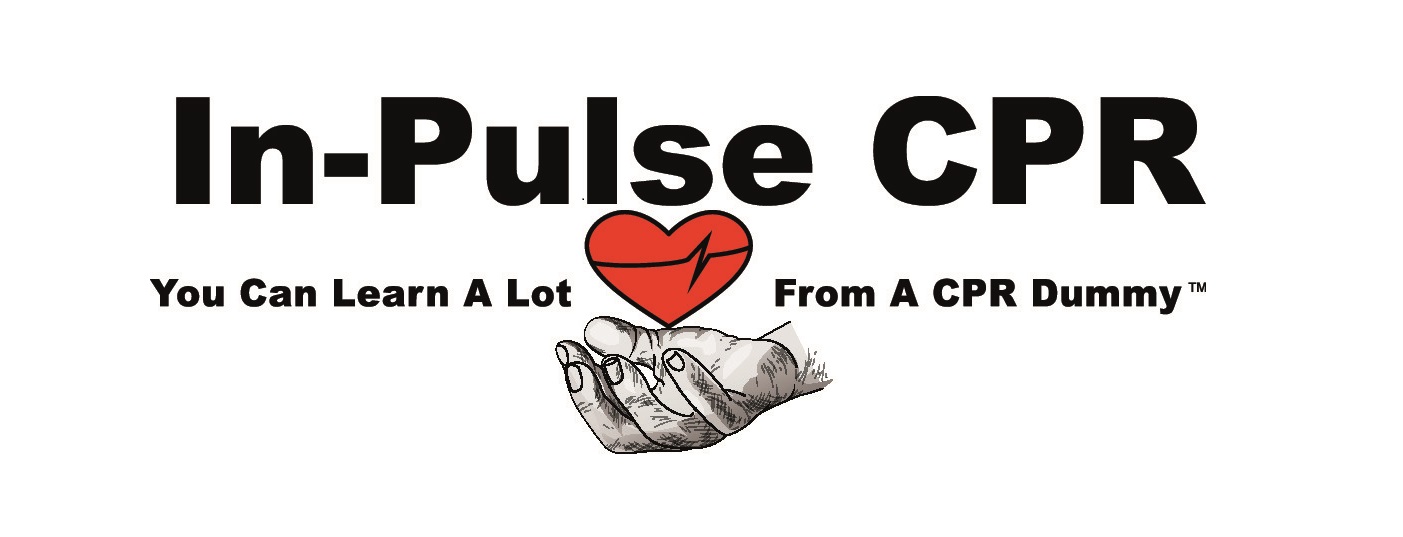Florida Public Schools need ‘CPR training’ requirement for graduating Students
Why Florida should Introduce CPR Training Requirement in High Schools
Statistics have found that each year, over a quarter of a million Americans die suddenly as a result of cardiac arrest. According to statements given by medical experts, the best way to provide a stunning chance of survival to someone suffering from cardiac problems, it to an initiate a ‘chain of survival’ immediately, which includes performing CPR, otherwise known as cardiopulmonary resuscitation.
As the leading cause of death within the US, cardiac arrest causes serious issues, however, most people fail to recognize that ordinary people can learn CPR and double, or even triple, a victim’s survival rate. Schools across the US are currently adding thousands of new life-saving citizens to the community by training their students in essential CPR education, and laws in approximately ten states currently require CPR training as a part of graduation.
However, although Florida provides some course options for people who seek CPR training, including it as an elective for H.O.P.E virtual school students, it is not currently part of public school educational requirements, despite all of the lives it could potentially save.
Why Introducing CPR in Florida High Schools Makes Sense
There are options available to the residents of Florida who do recognize CPR to be an essential and critical skill to learn. For example, they can ask the local Fire Rescue department, or EMS for training, purchase a CPR kit and train themselves, or visit the training center provided by the American Heart Association to become fully certified. However, there is a simpler way that could promote the concept of the whole Floridian community becoming a nation of life-savers. Why not learn an essential skill in the place that is most convenient: a high school?
Today, the American Heart Association is encouraging the idea of CPR being taught in high schools throughout Florida as a requirement of graduation, as a part of their PE or Health classes.
By introducing CPR training into high school classes, future generations of Florida residents could benefit not only from the cognitive knowledge surrounding CPR, but also the hands-on training required to save a life. High school students learning this skill could mean that every graduate leaves education with the knowledge of how to save a life, should a sudden emergency occur.
The Current Statistics
The school heath programs and policies studies published by the CDC in 2000, 2006, and 2012, revealed that in 2012, the number of states that required CPR instruction in schools was not reported. However, research found that fifteen educational topics were regularly listed, including nutrition and dietary behavior, STD prevention, and drug/alcohol use prevention.
Despite these extra lessons, instruction on CPR and AED use remained absent from the list of educational priorities in the nation. When you consider the fact that nearly 424,000 people suffer a cardiac arrest outside of a hospital every year, with less than 11% emerging as survivors, it starts to become evident how essential CPR is. Defibrillation and CPR are the only possible ways of reviving a cardiac arrest victim, and if CPR is administered within the first few minutes of an attack, survival rates can triple.
Currently there are 18 states that have a requirement for students to learn CPR before they can graduate. According to the Sudden Cardiac Arrest Foundation: “Additional states have CPR/AED education requirements for schools, but there are limitations. For example: In Illinois, schools are required to offer CPR/AED training, but students are not required to undergo training (HB 3724). In Indiana, CPR/AED training is a requirement for graduation from high school, but schools can get waivers to opt out of the training requirement (HEA 1290). In Nevada, students must undergo CPR/AED training…as long as funds are available.” Florida currently has no requirement for school age students to learn CPR. Learning CPR is so important; chances are, the one who needs it will be a loved one. You can enact change by contacting your local school board and your congressmen.
###



